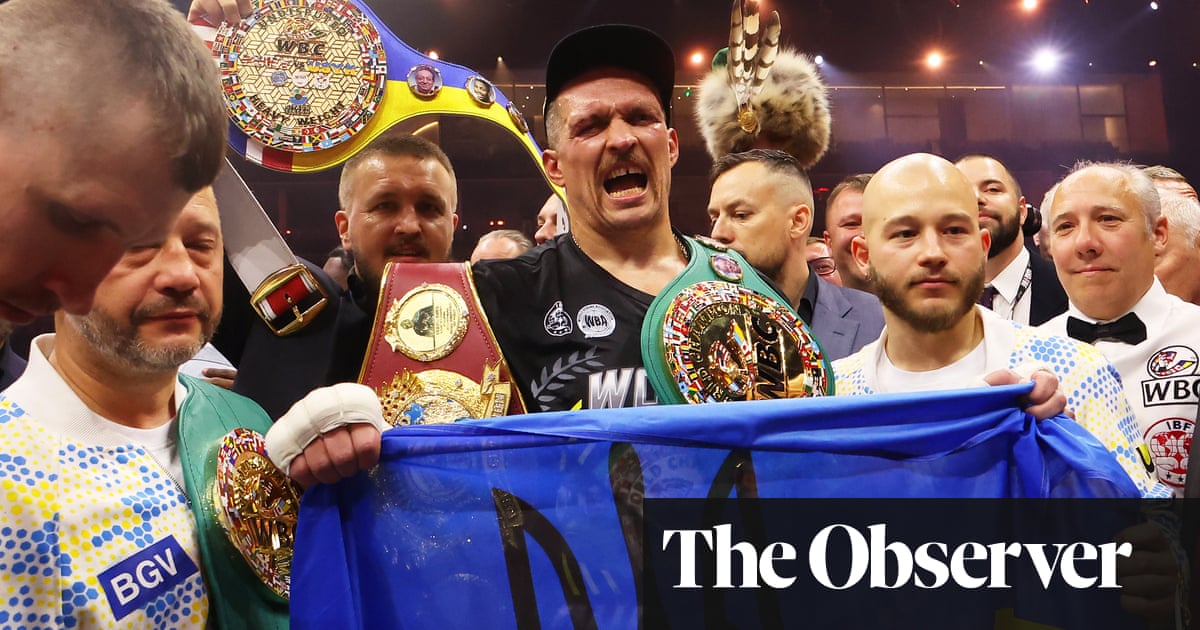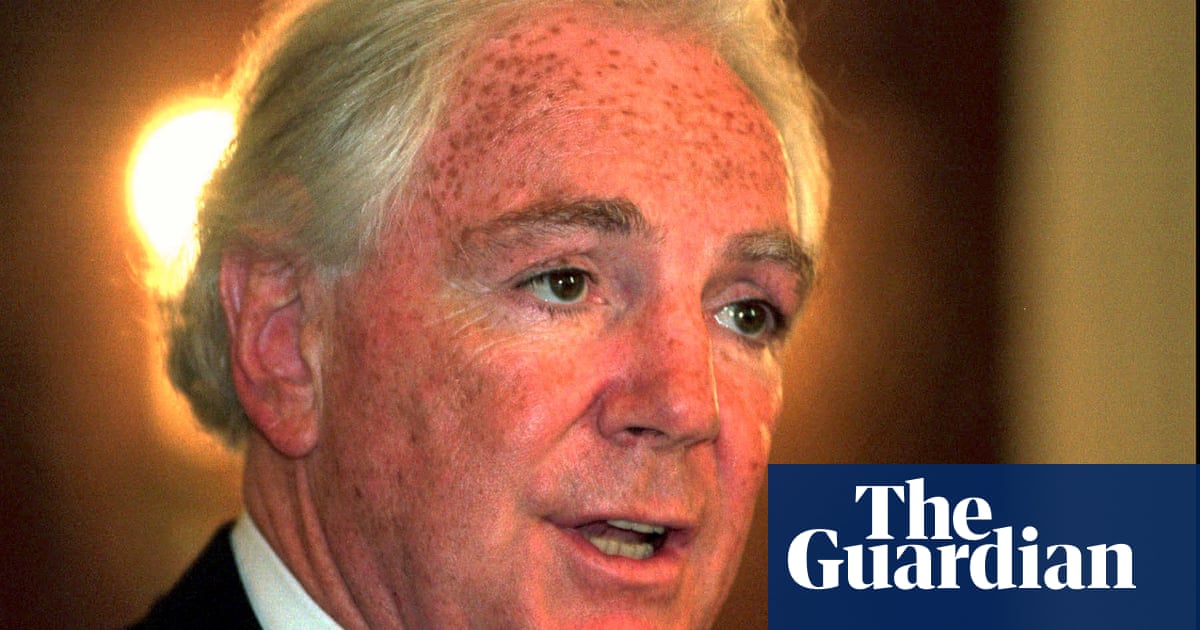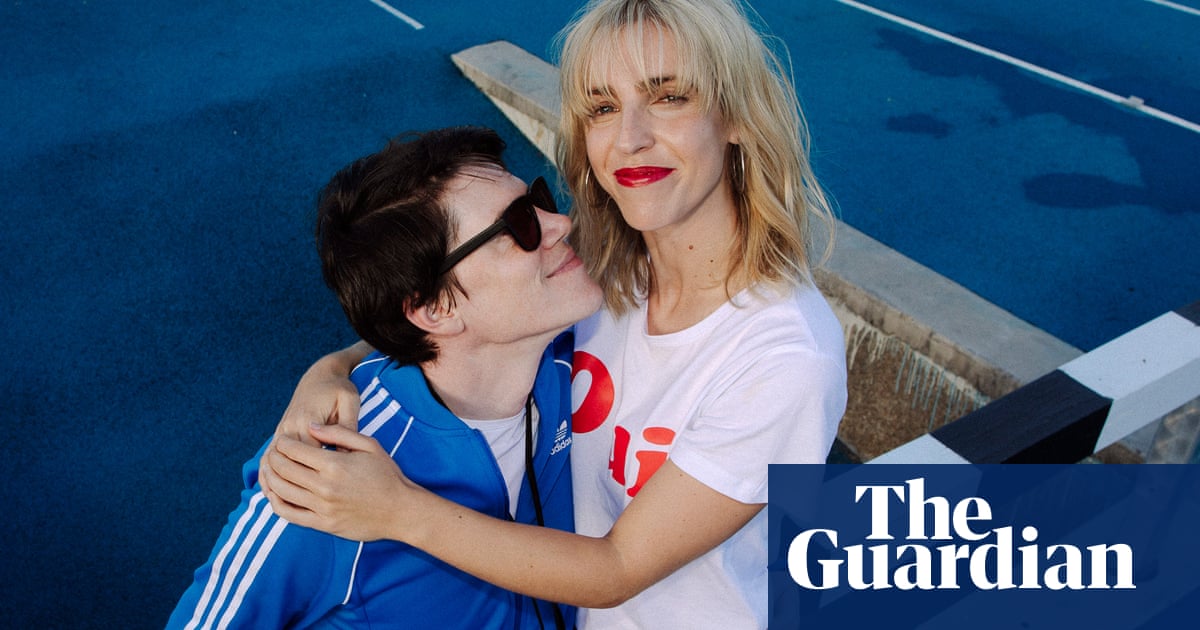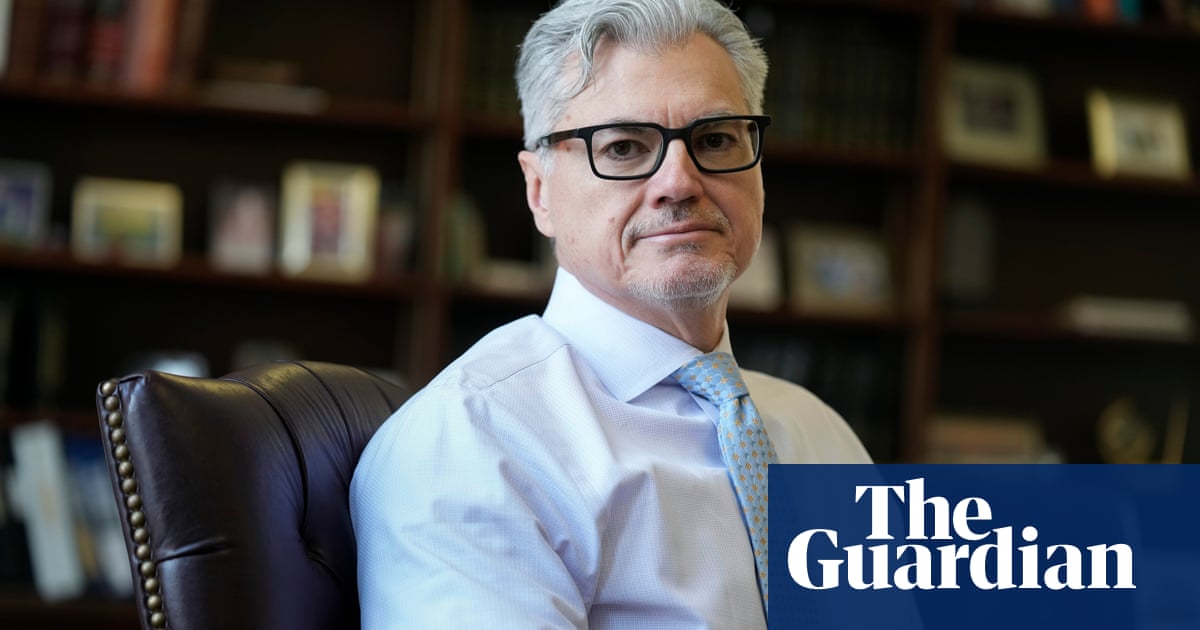The question I am mid-40s and married. My husband is good at dealing with life. He never worries, is never insecure, always positive, has unlimited energy and always has a solution for everything. He deals with our kids seemingly without effort, doesnât set many rules and never worries if they eat enough vegetables or go to bed too late. Everything is a breeze; rules are to be broken and life must be enjoyed.
I am not like that. I like to abide by rules and routines, and I get irritated quickly and think of all the possible consequences of any particular action. The problem is that he always corrects me (and often in front of the kids), gives me unwanted advice repeatedly, telling me that things are âeasyâ and that my worries are ânonsenseâ.
Weâve had counselling, but he feels he has the right to give me âfeedbackâ whenever he wants, even though the therapist disagreed. He doesnât understand how I feel since he means well and only wants to âmake me betterâ. He is a very sweet man, but his stubbornness in not understanding that Iâm not like him is driving me mad.
Philippaâs answer Generally speaking, there are two types of people â those who like to go with the flow and people who like to plan. Letâs call them the Flows and Structureds. You are the Structured type and your husband is a Flow. Flows are people who can react to whatâs happening in the moment and Structureds are people who, well, prefer to have a structure. What is important for your husband to know is that you cannot scold the second type to be like the first type, nor can you bully the first type to be like the second.
The fact that you are different may have been part of what attracted you to each other in the first place. We are often attracted to people who have a personality trait that we havenât and, paradoxically, when couples come to relationship counselling, it is these very traits that were once novel enough to be attractive that can start to cause problems. His way isnât right. Your way isnât right. There isnât a âright wayâ. What you each have is your preferred way.
To feel relaxed, you personally need to have structure, planning and children who eat vegetables from time to time. For him to feel relaxed he needs to be in the moment and deal with things as they arise. Youâd probably prefer to have the children in bed with clean teeth and a story before they cry with tiredness, whereas heâll cover them with a blanket after theyâve fallen asleep on the sofa.
His way suits him so well that he cannot understand why everyone isnât like him. What he doesnât know yet is that you cannot just leap from being a Structured into being a Flow â thatâs not how your brain is wired. What he needs to do is respect the way your brain works.
The key is to understand that you each have your preferences particular to you, because you are two different people. Your children will understand that you prefer a structured routine, and that Dad prefers no rules. Individual people each have their own way of feeling most comfortable and itâs fine for Mum and Dad to have different boundaries â you are two different people with different needs.
after newsletter promotion
I would like his âcorrectingâ of you to stop. It isnât a matter of being correct or incorrect, itâs a matter of your individual feeling. You feel happier, safer, more secure when you know, for example, when and how the money is coming in to pay the bills, and he feels happier just to trust that it will. It is a matter of your individual feelings, not a matter of who is right. When you each learn to acknowledge each otherâs preferences, it will be a good model for the children to learn to respect feelings different from their own. The goal should not be for one of you to win a particular disagreement, but to understand each otherâs feelings and know where each of you is coming from. When he thoroughly understands how you feel and you get where he is coming from, the next stage is to find a compromise. I donât think he understands yet that having some order and planning is what you need, not just want, to feel calm and OK.
Another hint is to replace âyou statementsâ like, âyou are incorrectâ, to âI statementsâ. For example, âI prefer to do it like this.â My suggestion is that you show your husband this column, so he can see how unhappy your current pattern together is making you (Iâm sure he doesnât want you to be unhappy). See if he can understand that you cannot change the way your brain is wired just because he thinks it would be a good idea.
For further help on how to cope with differences read my book The Book You Want Everyone You Love to Read, where I have a chapter on How We Argue with more information on how clashing personality types can aim for mutual understanding and compromise. This can help prevent people getting bogged down with winning or losing, or winning at a loved oneâs expense.
Philippa Perry will be appearing at the Also Festival, 12-14 July 2024 (also-festival.com)
Every week Philippa Perry addresses a personal problem sent in by a reader. If you would like advice from Philippa, please send your problem to [email protected]. Submissions are subject to our terms and conditions









